Big cats, known for their majesty and power, inhabit diverse ecosystems across the globe, from the scorching deserts of Africa to the snowy landscapes of Siberia. While their environments may differ vastly, one element is consistent: the changing seasons. As the climate transitions from one season to another, these magnificent felines exhibit a range of fascinating adaptations that ensure their survival and success in the wild. This article delves into the intriguing ways big cats adjust to seasonal shifts, exploring their behavioral, physiological, and migratory strategies.
Understanding Seasonal Changes in Big Cat Habitats
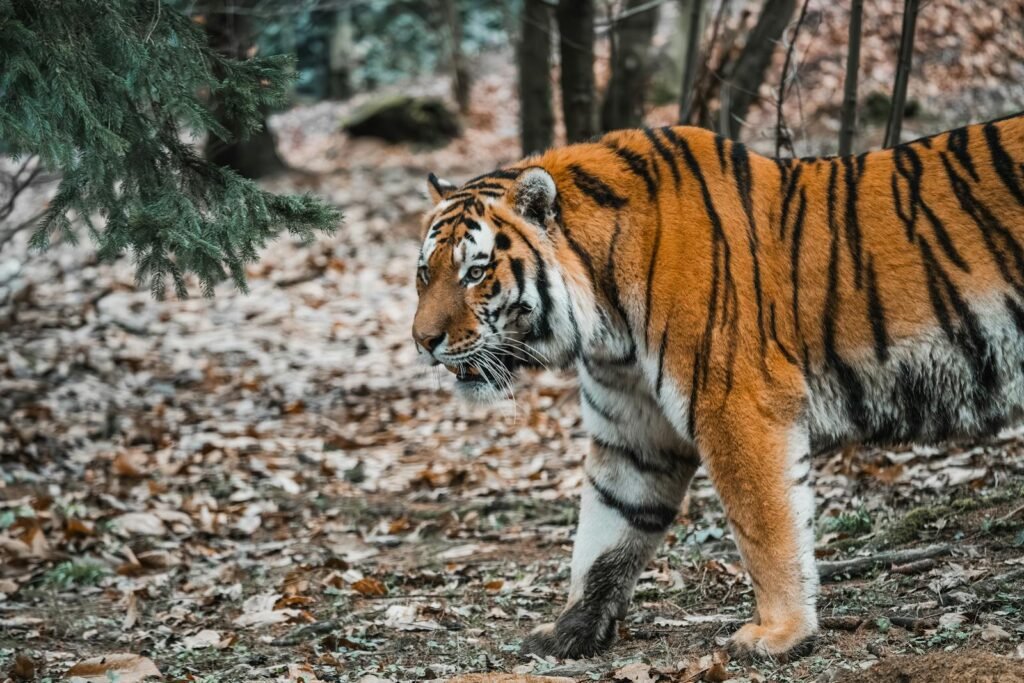
Seasonal variations pose unique challenges and opportunities for big cats. In their wild habitats, these changes can affect temperature, prey availability, and habitat conditions, compelling the cats to adapt both physically and behaviorally. Understanding how big cats respond to these seasonal shifts is key to appreciating their resilience and adaptability.
Behavioral Adaptations in Spring
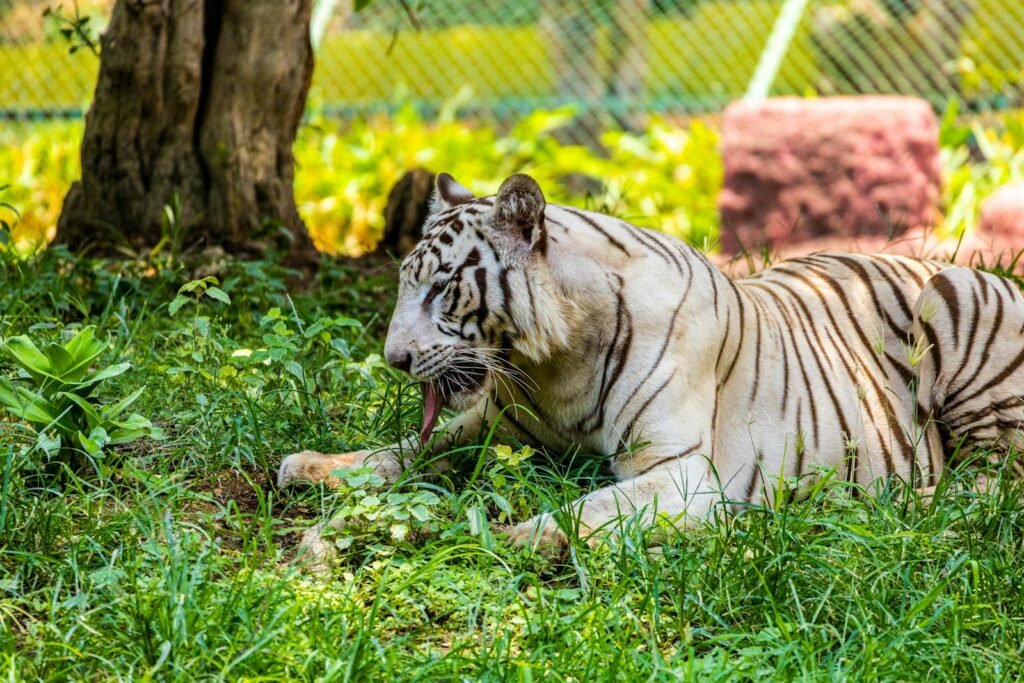
Spring heralds a time of renewal in the wild, and big cats are no exception to this change. For many species, this season signifies the breeding period. Lions, leopards, and tigers take advantage of the abundance of prey and favorable conditions to mate and rear their young. Male big cats may exhibit increased territorial behavior, marking their domains more frequently to ward off rivals and attract mates.
Summer Strategies for Survival

In the sweltering heat of summer, big cats employ various strategies to keep cool. Tigers often swim to cool off in the water, a behavior aided by their semi-aquatic nature. Leopards, meanwhile, rest in the shade of trees during the hottest parts of the day, becoming more active during the cooler dawn and dusk hours. These adaptations help to conserve energy and prevent overheating.
Adapting to Autumn’s Abundance
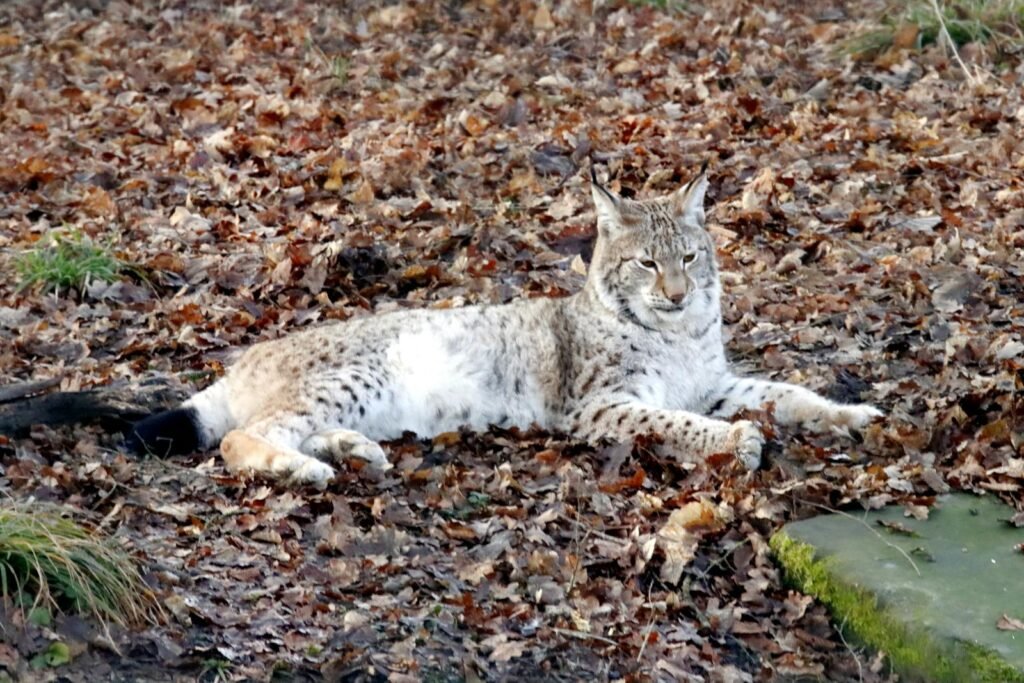
Autumn often brings a transient bounty of prey animals preparing for the winter. Big cats take advantage of this period of abundance to feed heavily and build up energy reserves. During this time, big cats like mountain lions increase their hunting efforts to maximize food intake, ensuring they are well-prepared for the leaner months ahead.
Winter Challenges and Adaptations
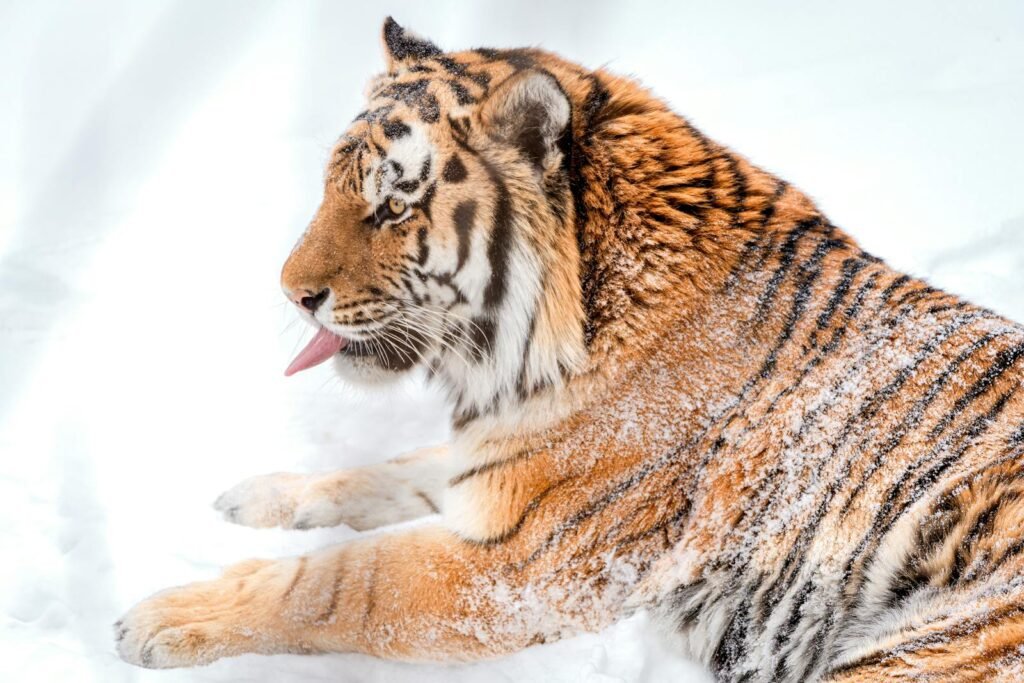
Winter presents the most formidable challenges, particularly for those felines residing in colder climes. Snow leopards, well-equipped with thick fur and long, bushy tails, remain active in frigid, mountainous regions. Their wide, fur-covered feet act like snowshoes, allowing them to traverse snowy landscapes with ease. Lions in Africa’s cooler regions may grow thicker manes to help retain body heat during cold nights.
Migratory Patterns and Habitat Shifts
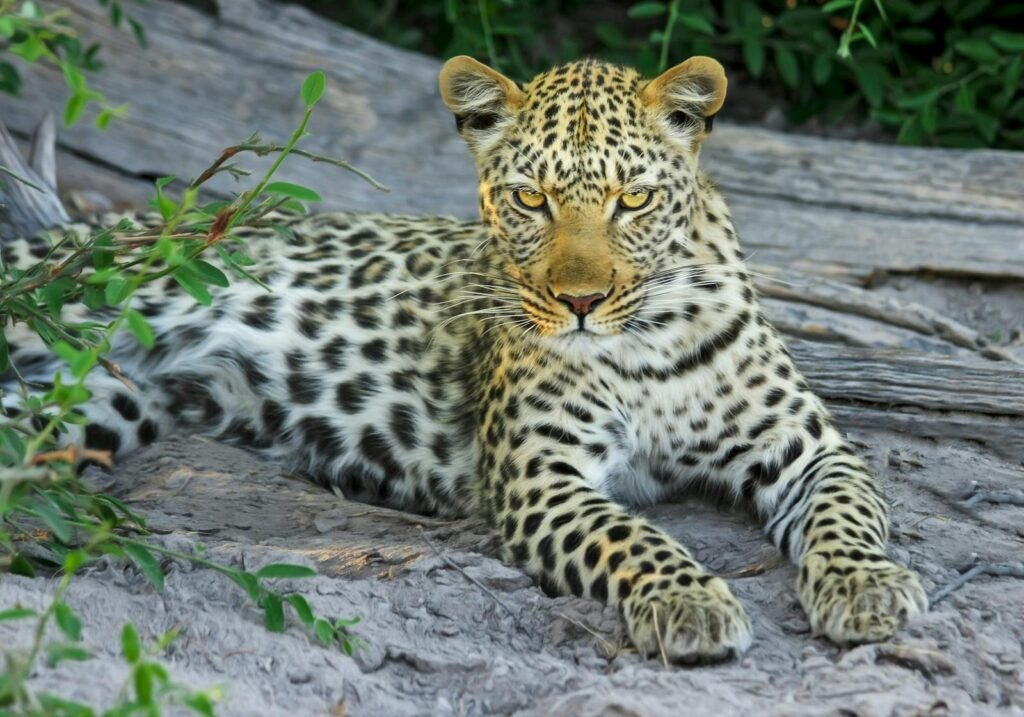
Some big cats exhibit migratory behaviors in response to seasonal changes. While not true migration like that of birds, these cats shift their territories in search of food and more favorable climate conditions. For instance, the elusive jaguar in the Amazon Basin may move to different altitude levels following the availability of preferred prey species.
Physiological Adaptations to Temperature Extremes
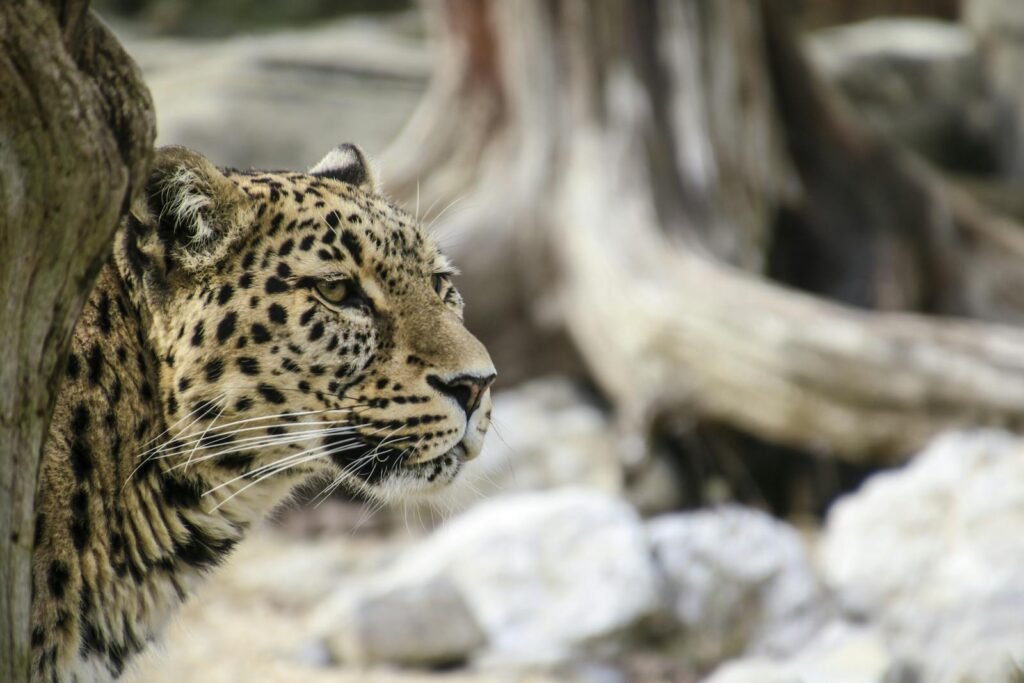
Big cats possess remarkable physiological traits that equip them for seasonal temperature extremes. The regal Siberian tiger, or Amur tiger, is an exemplary figure of adaptation with its dense, insulating fur and muscular build, which allow it to endure sub-zero temperatures. Conversely, smaller big cats like the cheetah rely on their lightweight body structure to stay agile in the heat, expending energy efficiently when sprinting in pursuit of prey.
The Role of Coat Color and Thickness
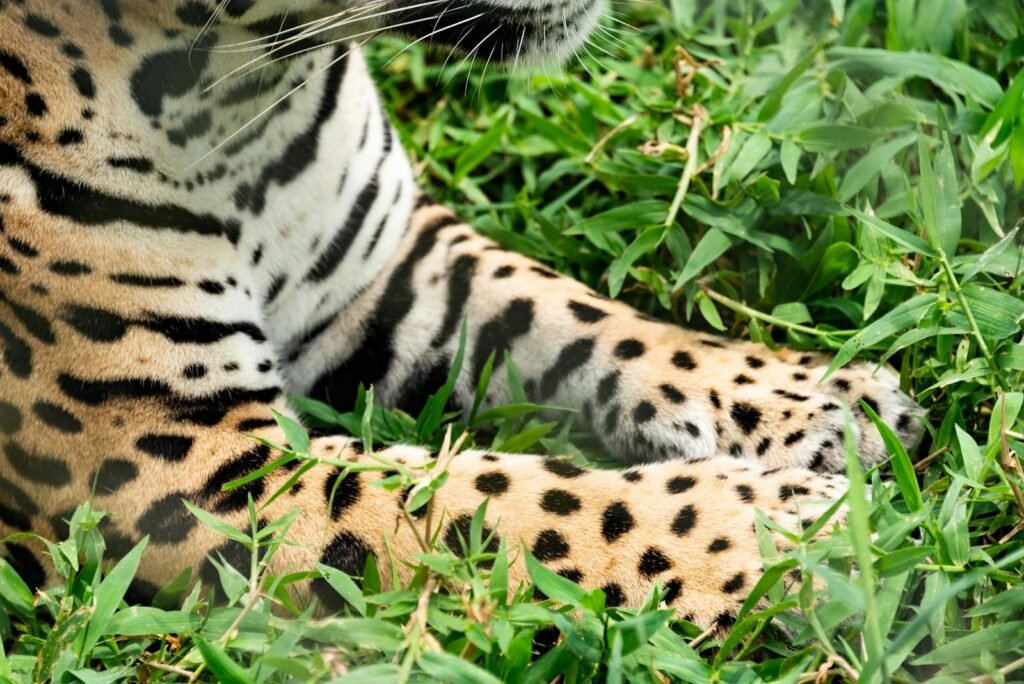
The coat of a big cat changes with the seasons. In winter, many species develop thicker, woollier fur to insulate against the cold. Snow leopards, for instance, grow a dense winter coat among the thickest in the cat family. Conversely, during warmer months, some big cats shed their thick coats to remain cool, illustrating a keen adaptability to their environments.
Impact of Climate Change on Seasonal Adaptations
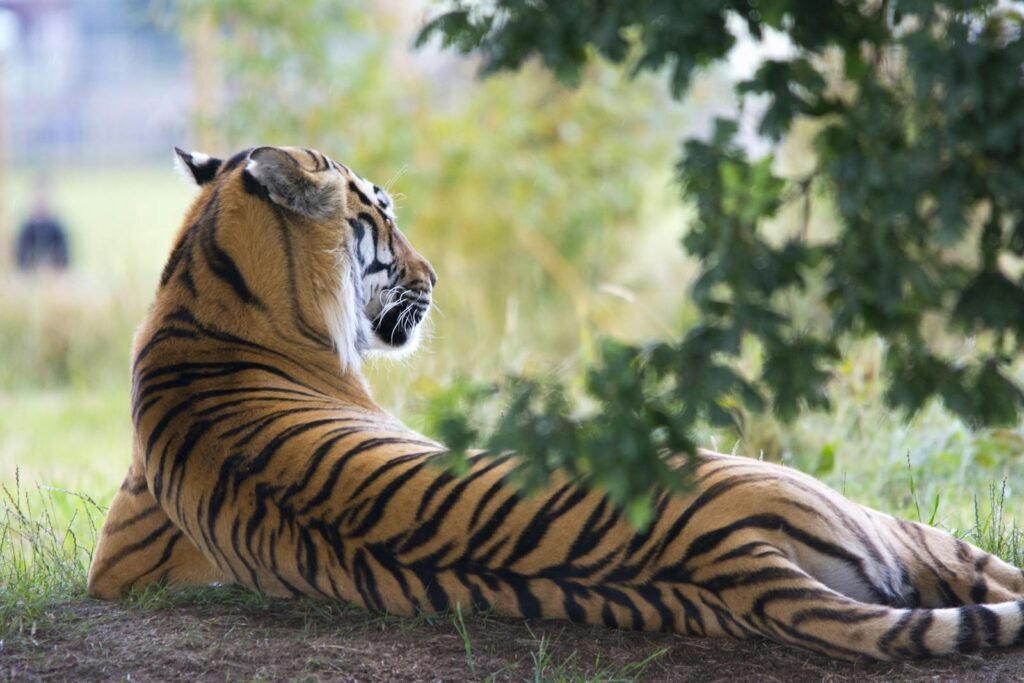
Climate change is disrupting traditional seasonal patterns, posing significant challenges for big cats. Altered rainfall patterns, temperature fluctuations, and habitat loss necessitate new adaptations and strategies for survival. Conservationists are keenly studying these impacts, seeking ways to protect these majestic creatures in our rapidly changing world.
Conclusion
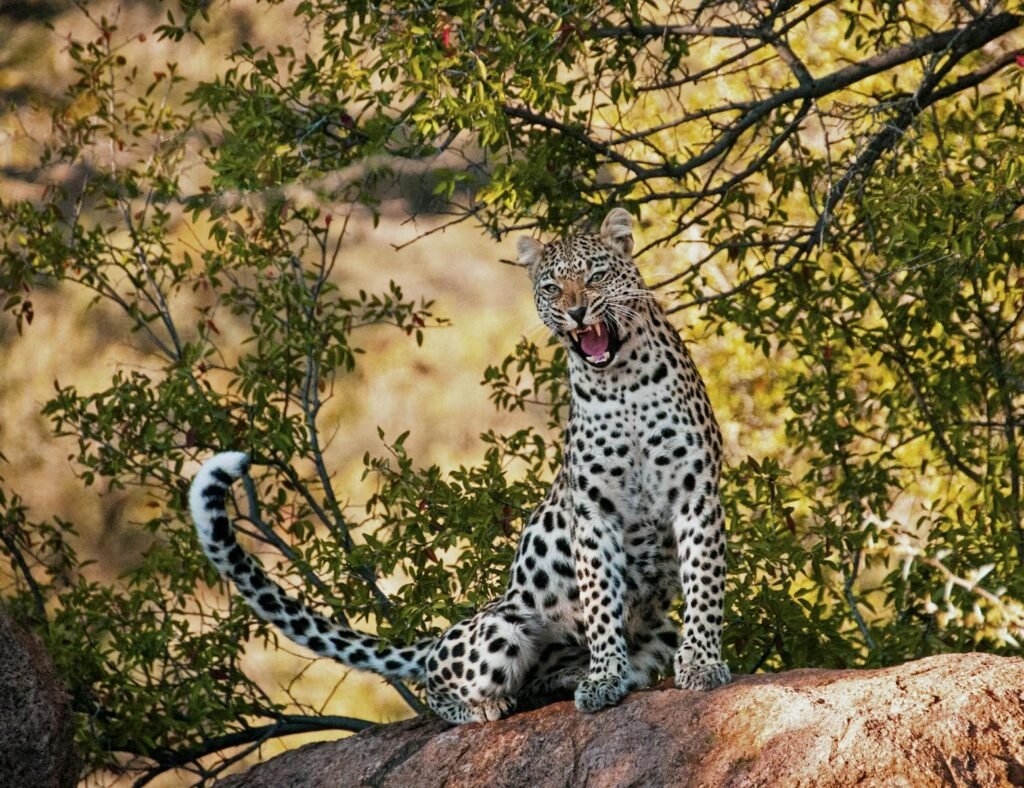
Big cats’ abilities to adapt to the changing seasons reflect the incredible resilience and versatility of these remarkable animals. Through behavioral shifts, physiological adaptations, and alterations in their hunting and migratory patterns, big cats have proven time and again their capacity to thrive in diverse environments. Understanding these adaptations not only deepens our admiration for these majestic creatures but also underscores the importance of preserving their habitats amidst the ever-evolving challenges of our global climate.

Suhail Ahmed is a passionate digital professional and nature enthusiast with over 8 years of experience in content strategy, SEO, web development, and digital operations. Alongside his freelance journey, Suhail actively contributes to nature and wildlife platforms like Feline Fam, where he channels his curiosity for the Feline into engaging, educational storytelling.
With a strong background in managing digital ecosystems — from ecommerce stores and WordPress websites to social media and automation — Suhail merges technical precision with creative insight. His content reflects a rare balance: SEO-friendly yet deeply human, data-informed yet emotionally resonant.
Driven by a love for discovery and storytelling, Suhail believes in using digital platforms to amplify causes that matter — especially those protecting Earth’s biodiversity and inspiring sustainable living. Whether he’s managing online projects or crafting wildlife content, his goal remains the same: to inform, inspire, and leave a positive digital footprint.






